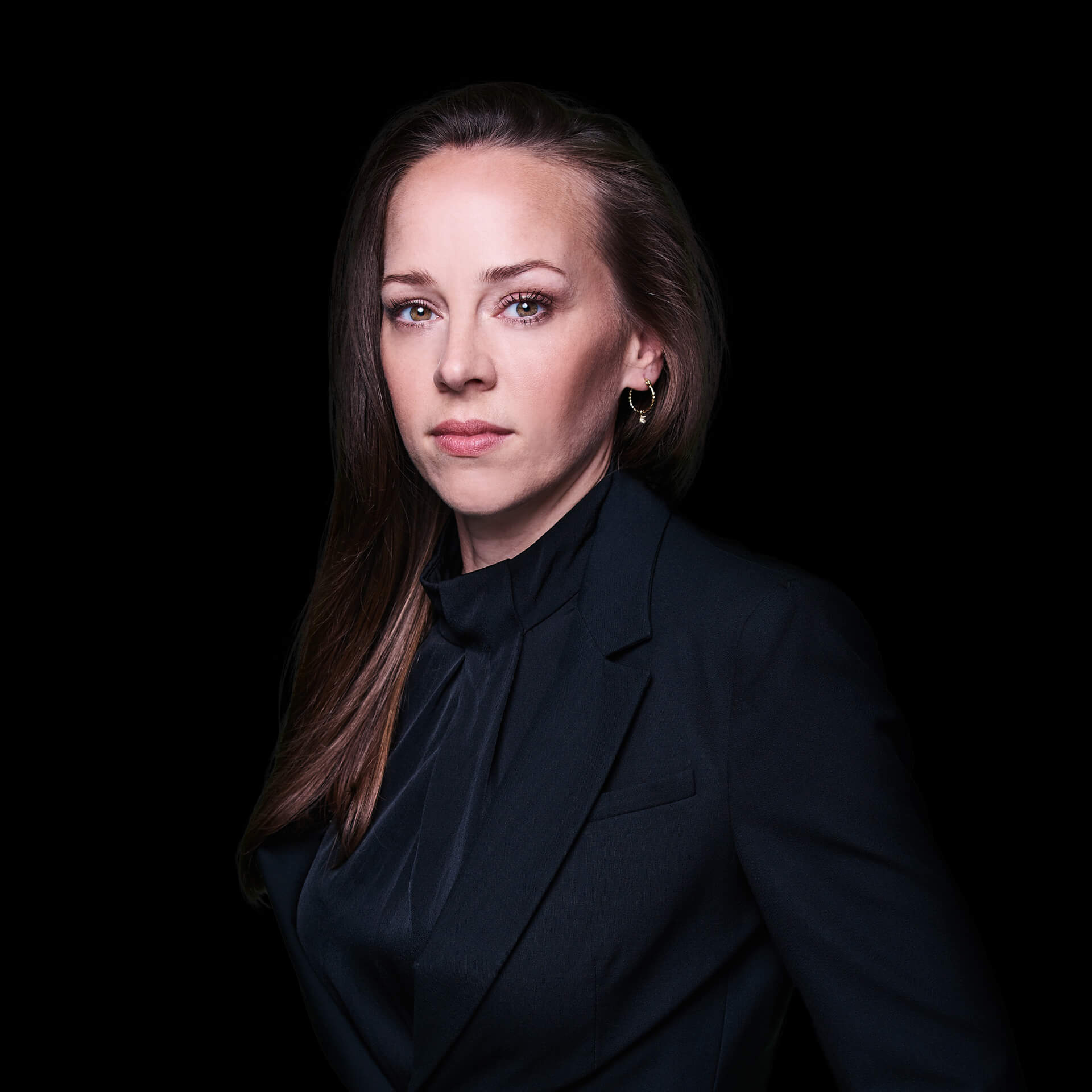Why the old, white man is a key figure right now.
Reading time: 4 min
“Everyone thinks of changing the world, but no one thinks of changing himself.” (Leo Tolstoi)
Let me make one thing clear at the outset: this is not a bashing of “old, white men” who have achieved a lot in recent decades – which is why there will be no definition of the persona that includes demographic factors. This is a provisional term for all people who do not manage to break out of their behavioural patterns and way of thinking and therefore stand in the way of companies creating something new. The “old white man”, a cliché – so often used and also worn out. Nevertheless, it is associated with cultural stagnation at management level.
But let’s start from the beginning: we are living in a highly complex and transformative time that requires new and sometimes unconventional solutions in order to meet the associated challenges and increasing complexity. Consequently, we need people who have the courage to break new ground. Especially in times of change, it is important to be open to experiences of all kinds – whether positive or negative. Failures can provide valuable insights and help us to utilise our resources in a more targeted way. Transformative times therefore require patience, a willingness to learn, creativity and an attitude that radiates orientation and security. In other words: in times of profound change, we need resilient companies and entrepreneurs.

Why the “old, white man” in particular is a key figure in today’s world
Their importance is easy to explain: They have mastered numerous challenges and have a wealth of experience in dealing with crises. This is one of the reasons why many of them hold management positions and have contributed significantly to the success of their companies.
However, these experienced managers should be aware that people’s demands, expectations and attitudes have changed considerably in today’s world. Some things that were successful in the past may no longer work in the same way today. In order to continue to be successful, they must be open to new ideas and prepared to adapt their ways of thinking and approaches to current circumstances. So my appeal to all managers: let’s do one thing without leaving the other behind, or in other words: keep the good and discover the new!
The gap between understanding and living by example!
A thesis that is by no means a theory, but a lived practice. Because in this context, it is also important to talk about where the new paths are not being taken. While new positions are being created at the operational level that bring new ways of working and a new understanding of and approach to challenges, the structures, management cultures and positions, some of which have been occupied for decades, remain rigid and just as tried and tested as ever. Of course, entrepreneurs are aware that new approaches are needed, but often do not admit to themselves that it starts with a holistic rethink and, above all, living the change.
Excerpt of a personal experience
For example, if I ask why the management team is not very diverse, while the company sells itself to the outside world as diverse, people would rather change consultants than actually address the issue. The reason: they feel better understood by the ‘old, white man’. This is certainly not an isolated situation, but one that has already happened to many colleagues and is even increasingly being mirrored to me by companies themselves.
What do I take away from these situations? Above all, the realisation that more old, wise men are needed to show the ‘old, white man’ how positively questioning one’s own patterns and behaviour and thus opening up to new paths can have an impact. After all, it is precisely these people who occupy the top management positions and therefore have the greatest influence on the willingness to change in companies and can further strengthen their resilience.
“The world as we have created it is a process of our thinking. It cannot be changed without changing our thinking.” (Albert Einstein)
